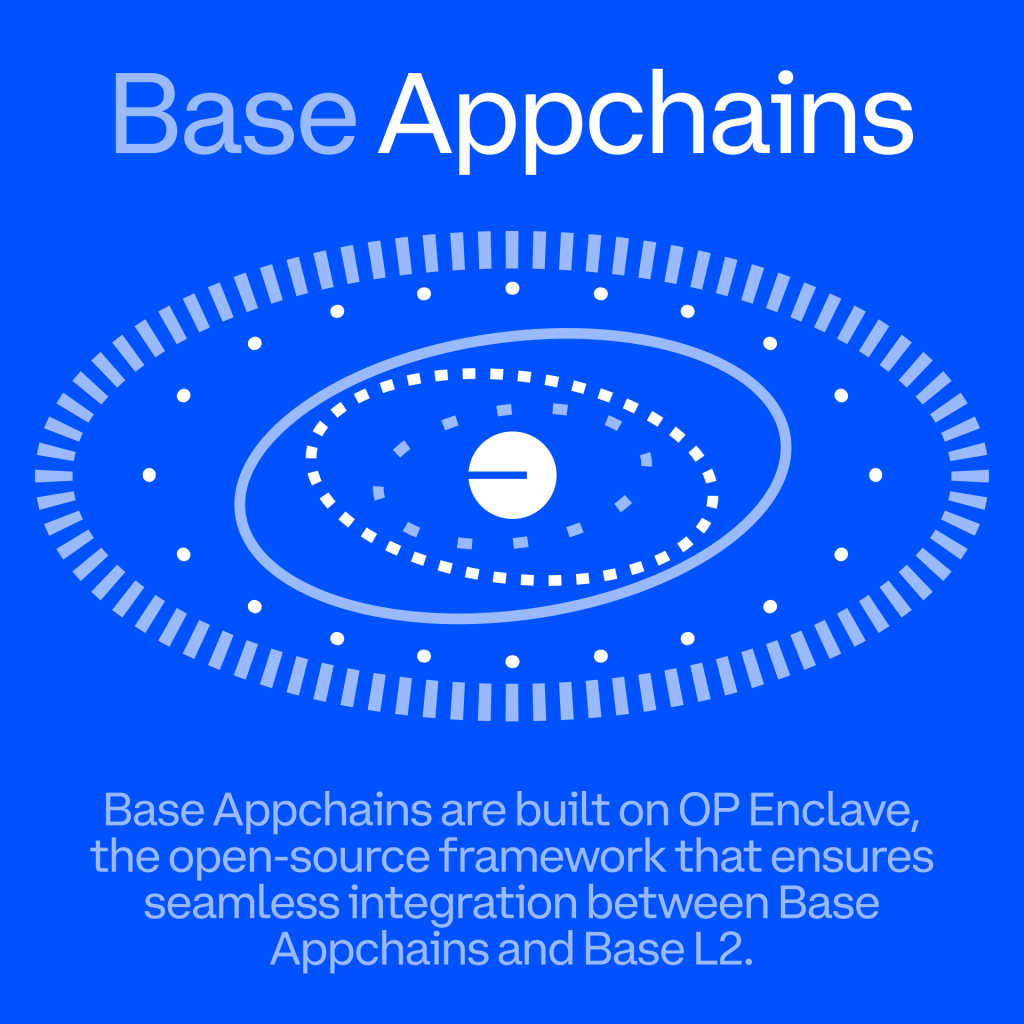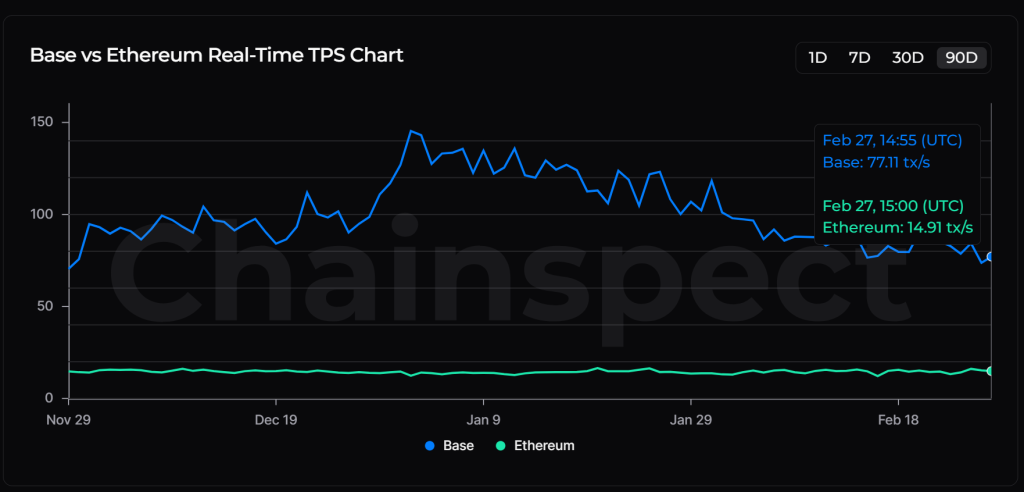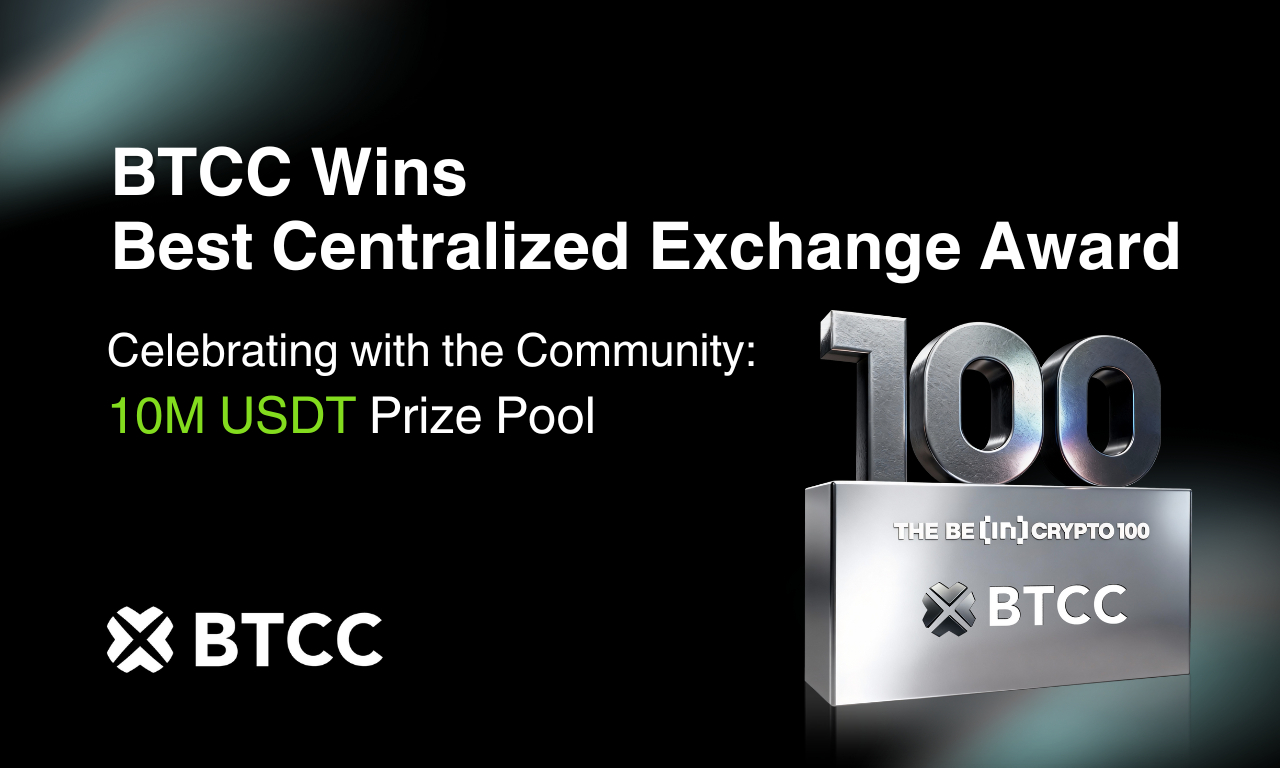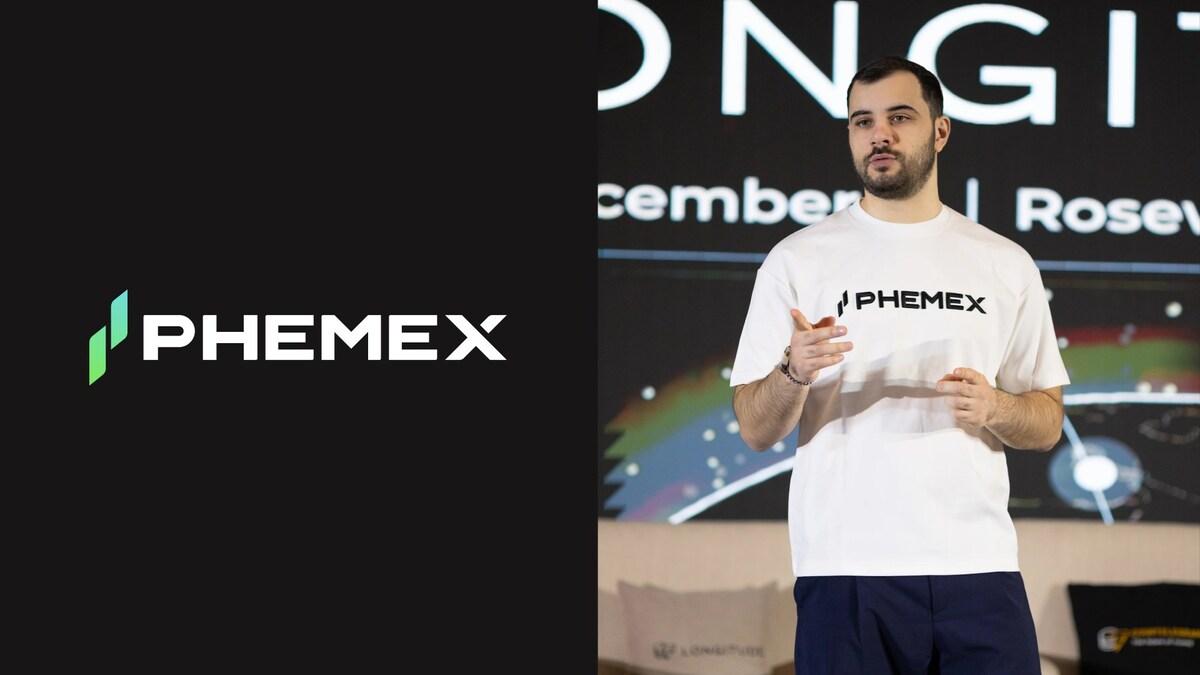Key Points:
- Base L2 unveils Flashblocks, cutting block times to 200ms, making it the fastest EVM-compatible chain.
- Appchains provide dedicated Layer-3 blockspace, allowing developers to customize fees and scale high-traffic apps.
- Smart Wallet Sub Accounts improve UX, reducing login prompts and enabling multi-account management.
- While enhancing DeFi, NFT, and gaming adoption, Flashblocks’ rapid block production raises security concerns, such as chain reorganizations.

At ETHDenver 2025, Coinbase’s Base Layer-2 (Base L2) team announced a major upgrade aimed at increasing blockchain speed and scalability. The centerpiece of this update is Flashblocks, a new technology reducing block times from 2 seconds to just 200 milliseconds, significantly improving transaction efficiency.
Base’s move to 200ms block times positions it as the fastest Ethereum Virtual Machine (EVM) chain, surpassing Ethereum’s 12-second block times and Layer-2 rivals like Optimism (2s) and Arbitrum (0.25s-1s). While Flashblocks enhances scalability and lowers transaction costs, it raises concerns about orphaned blocks and network security risks, requiring further testing before its scheduled Q2 2025 mainnet launch.
Base L2 Unveils Flashblocks: 10x Faster Block Times
Developed in collaboration with Flashbots, a research group specializing in MEV (Maximal Extractable Value), Flashblocks enhances transaction speed by reducing network latency and improving block finality.
Speed Comparison:
| Blockchain | Block Time | Transactions Per Second (TPS) |
|---|---|---|
| Ethereum | 12s | ~15 TPS |
| Arbitrum | 0.25s-1s | ~40 TPS |
| Optimism | 2s | ~10-30 TPS |
| Base (Flashblocks) | 0.2s | ~100-200 TPS |
Flashblocks is currently active on Base’s Sepolia testnet, with mainnet deployment targeted for Q2 2025.
Appchains: Dedicated Layer-3 Blockspace for High-Traffic Apps
Alongside Flashblocks, Base L2 introduced Appchains, a Layer-3 framework designed for high-traffic applications needing dedicated blockspace. Built on the OP Stack, these customizable chains allow developers to set custom gas fees, fee logic, and infrastructure preferences.
Key Benefits:
- Custom Gas Fees: Developers can adjust transaction costs for their ecosystem.
- Dedicated Blockspace: Prevents congestion from unrelated dApps.
- Enhanced Scalability: Ideal for DeFi, NFT marketplaces, and gaming platforms.
Comparison with Uniswap’s Unichain: Base’s Appchains follow a growing Layer-3 trend, similar to Uniswap’s Unichain, which offers sub-second block times for optimized execution.
By integrating Appchains, Base L2 aims to attract developers looking for tailored blockchain environments without sacrificing security or decentralization.

Smart Wallet Sub Accounts: Improved UX, Fewer Pop-ups
Base L2 also introduced Smart Wallet Sub Accounts, a feature aimed at simplifying on-chain identity management. Users can now manage multiple on-chain wallets from a single interface, reducing the need for repeated logins and transaction approvals.
New Features:
- Unified Account Management: Users can manage multiple wallets under a single interface.
- Fewer Transaction Pop-Ups: Reduces excessive confirmations for smoother interactions.
- Seamless Fund Transfers: Allows easy movement between wallets without additional approvals.
These enhancements are already live on Base Sepolia testnet, with mainnet integration expected in Q2 2025.
While Flashblocks drastically improve speed, industry experts have expressed concerns over potential security risks.
Potential risks include:
- Orphaned Blocks: Increased chances of discarded transactions, leading to inefficiencies.
- Centralization Concerns: Faster block times favor high-performance validators, potentially reducing network decentralization.
Despite these challenges, Base is positioning itself as a leader in Layer-2 scalability, potentially increasing demand for ETH transactions as the network grows.

| DISCLAIMER: The information on this website is provided as general market commentary and does not constitute investment advice. We encourage you to do your own research before investing. |























